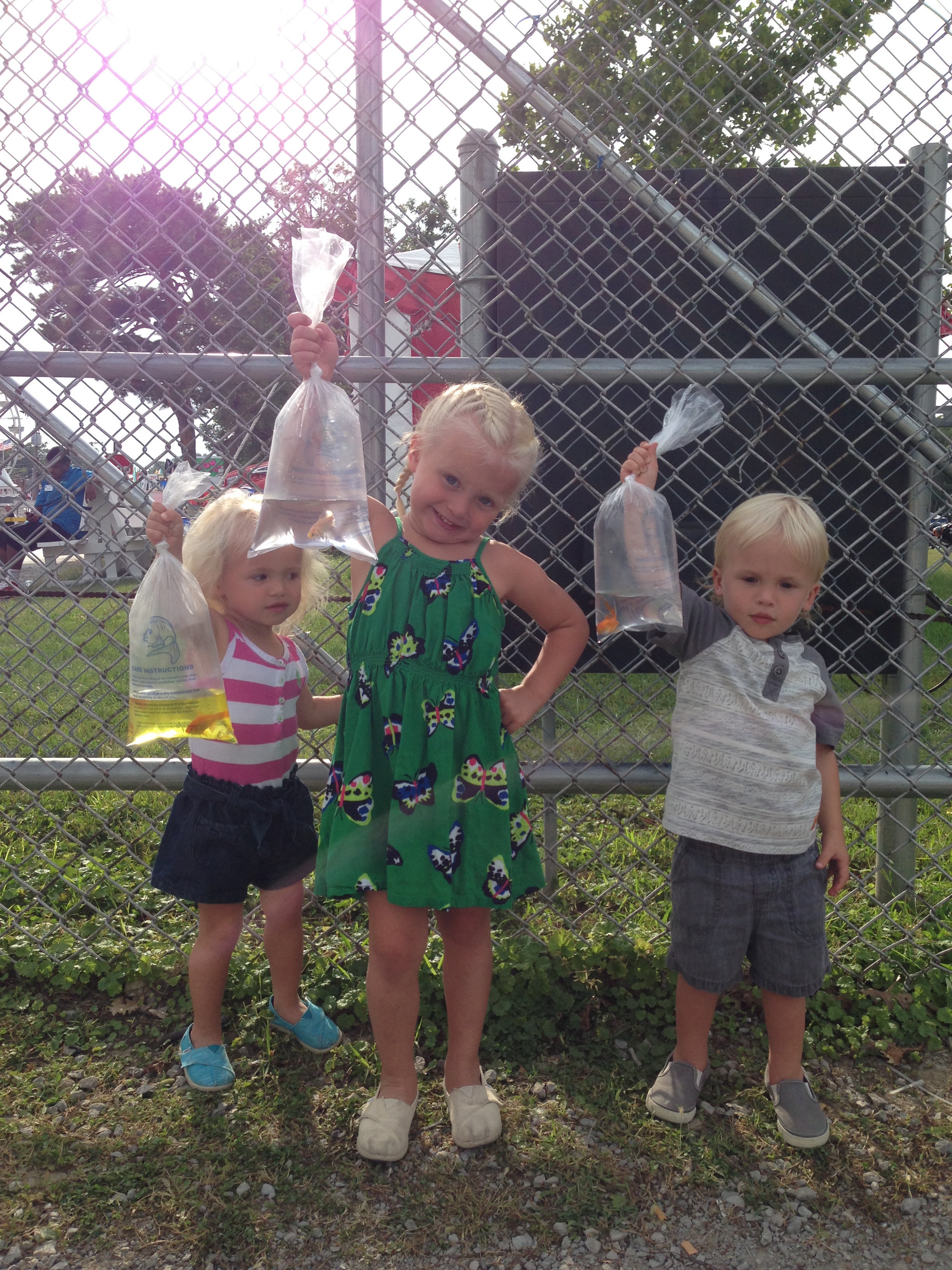4 Biggest Questions Preschoolers Ask: Megan Glaros' Masterful Guide to Science
I'm like any other mom you'd encounter. I fret, I wipe and I play. But when it comes to the inevitable "how" and "why" science questions I get from my three young kids, I am probably a bit geekier and more technical than most parents since science is my passion – and my business – as a meteorologist here at CBS 2.
 Just recently, when my older child asked me about Pluto, I immediately launched into a dissertation about the fact that Pluto is not actually a planet but just another object in the Kuiper Belt. As I lectured like the theoretical physicist Michio Kaku, I wondered: is she asking about the dwarf planet or the dog from Mickey Mouse?
Just recently, when my older child asked me about Pluto, I immediately launched into a dissertation about the fact that Pluto is not actually a planet but just another object in the Kuiper Belt. As I lectured like the theoretical physicist Michio Kaku, I wondered: is she asking about the dwarf planet or the dog from Mickey Mouse?
My kids' insatiable curiosity is a reminder for me that all of our children are budding scientists, constantly observing and experimenting with the world around them.
Fortunately, no matter what your background, making science fun and accessible for children is easy. All you need to do is mix storytelling with a little bit of basic knowledge and soon your child will be learning about and loving "real" science.
Let's start with the Four Biggest Questions Preschoolers Ask about science:
The Moon
The Moon is the Earth's buddy – called a satellite. It looks bright at night because the sun's light reflects off the Moon and sends it's light back to Earth for us to enjoy. When the moon rotates around the Earth, it makes the moon appear as different shapes! A full circle is called a full moon.
Storms
Storms are just grown up versions of rain showers. They come from taller clouds, and bring more rain, and thunder and lightning. Lightning is a powerful blast of electricity. It's like a light being turned on in the dark. When the lightning fires, it makes the air around it get bigger quickly, and that makes a cracking sound in the air – thunder! Storms make the skies darker because those taller clouds block out more sunlight.
Rainbows
This a tricky one. You don't need to get into roygbiv, but you can do it justice. Rainbows form when there's sunshine in one part of the sky and rain in another. When the sun shoots through the raindrops, the colors separate into the gorgeous shades of a rainbow.
Volcanoes
A volcano is a mountain with an opening at the top that reaches down underground. Far under the surface of the Earth, there is rock so hot, that it's melted and gooey. When a volcano erupts, it spurts that hot, gooey stuff called magma to the top of the volcano. Once it explodes out of the volcano, it's called lava. There are lots of volcanoes in the US, but most of them are in a deep, deep sleep.
These answers may not be extraordinarily technical and complicated, but they have substance. After all, when it comes to young kids, we've got to keep it short and sweet. If your preschooler asks a question and you're not sure how to respond, send me a tweet at @meganglaros. Enjoy this week's lesson with your little scientists!
Megan Glaros is up at 1:30 a.m. to prepare for her weather reports on the CBS 2 Morning Show, 4:30 a.m.-7:00 a.m. weekdays. If you want to know more about what is on her mind, head over to her blog, weathermommy.com



